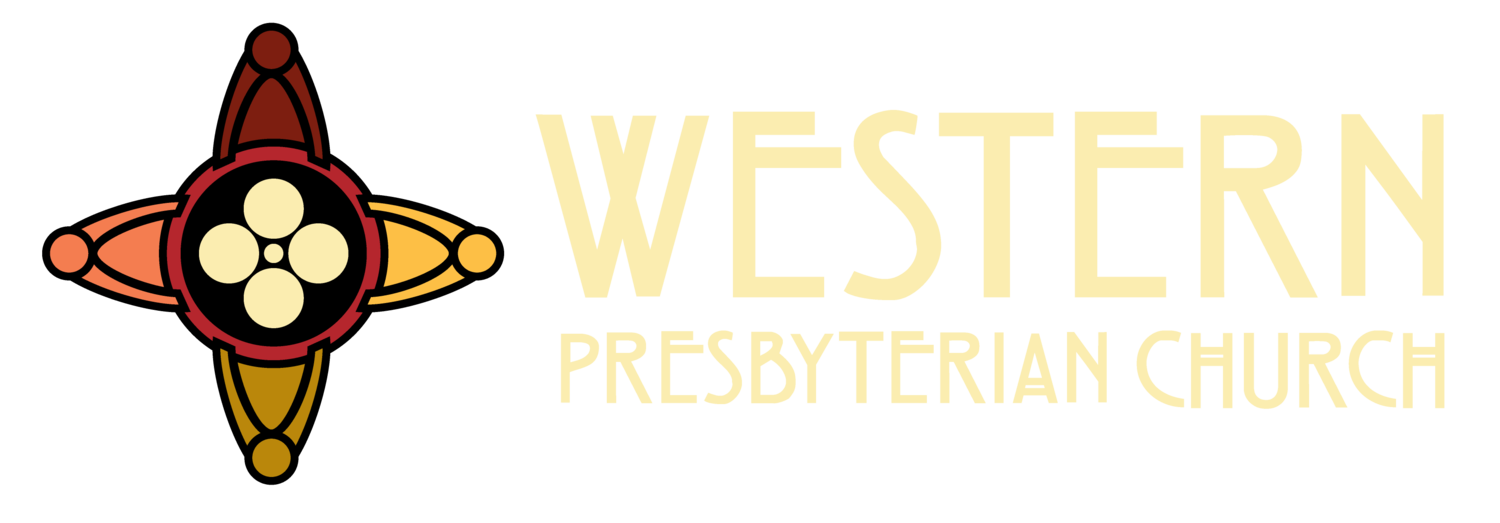
Our History
Western's history is marked by a determined commitment to glorify God and serve the world from our Foggy Bottom location. We have been through good times and bad. But with God's help, we have been able to develop a strong ministry that helps our members grow spiritually as we engage in large ministries to help people who are poor, marginalized and oppressed.
A New Home
We moved into our current home in April, 1994. Since then, the congregation has grown steadily. 45% of our membership is currently under the age of 45. We have a growing children's Sunday school and music program. We are a More Light congregation, committed to the inclusion of LGBT individuals in the church and society.
Want to Learn More?
With a Strong History
Since 1855, Western Church has been in Foggy Bottom. Our first church was built on the north side of the 1900 block of H Street, N.W., a few blocks west of the White House. The building served the congregation well until the 1920's, when a combination of membership growth and aging building systems made a new building necessary.Enjoying our location on H Street, we remained in the 1900 block of H Street and built a neo-Gothic church with a small courtyard.
When the new church was dedicated in 1932, it was surrounded mostly by row houses. In the years that followed, both the neighborhood and congregation changed dramatically. The neighborhood's residential character was replaced by large businesses and institutions. As a result, the congregation declined when many members moved to the suburbs and joined churches there.
By the early 1970's, the future of the congregation was in question. Facing declining membership and aging facilities, our denomination almost ended the ministry. However, a courageous nucleus of long-time and new members decided to rebuild the ministry. The decision to continue as a congregation was validated by a revitalization process that began in the early 1980's.With the creation of Miriam's Kitchen for the Homeless, new generations of people were attracted to Western.
For the first time in years, a nursery was needed, worship attendance rose, and college students began attending worship again.With the new growth, we confronted our old building's need for drastic repair. Estimates for repair and renovation were almost two million dollars. After much prayer and planning, we decided to relocate to another part of Foggy Bottom. With the neighboring International Monetary Fund needing additional office space, Western was able to work out a very favorable contract in which IMF paid for a new church on Virginia Avenue.
The architects were asked to replicate the old sanctuary and create the "feeling" of an old building in the new office and program wing. The sanctuary contains many elements moved from the H Street building. Light fixtures, wood work, the pulpit and lectern, the pews, the organ, and other elements were restored and put into the new church.
The decision to relocate became very controversial when a small number of people in the Foggy Bottom community opposed the relocation to Virginia Avenue because of our ministry with the homeless.
Applying political pressure, the relocation's opponents got the Zoning Administrator to rule that "feeding the hungry is an operation inconsistent with the operation of a church." We appealed the decision to the Board of Zoning Adjustment and lost. The controversy became a national media story, ending up on the front page of the Sunday New York Times as well as the nightly news programs of CNN, Dan Rather and Peter Jennings.
Running out of options, in the spring of 1994, the congregation went to the federal District Court of the District of Columbia. We filed an action saying our First Amendment free exercise of religion was being prohibited. Judge Stanley Sporkin ruled in our favor and granted a permanent injunction barring the D.C. government or anyone else from interfering with the feeding program's ministry.

